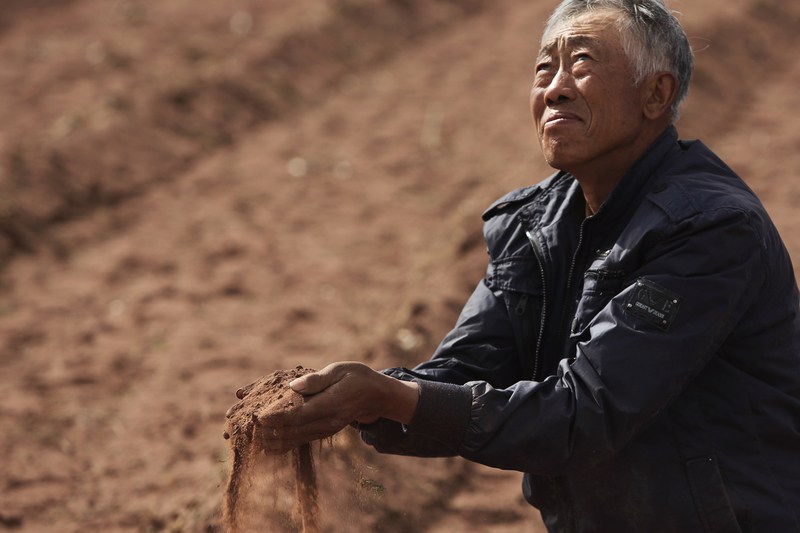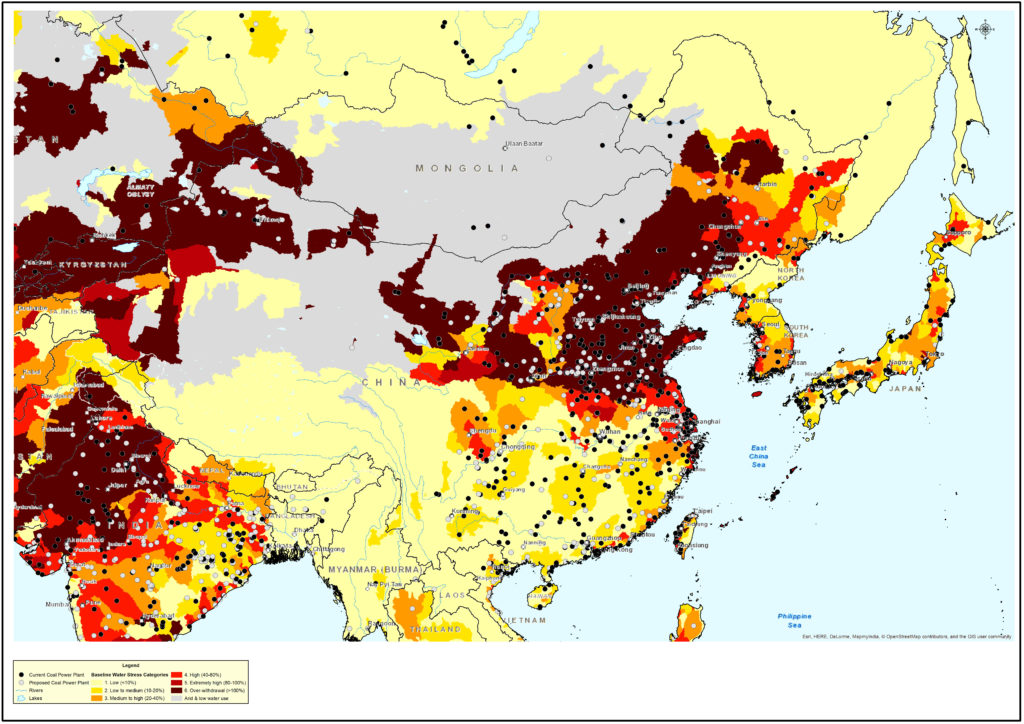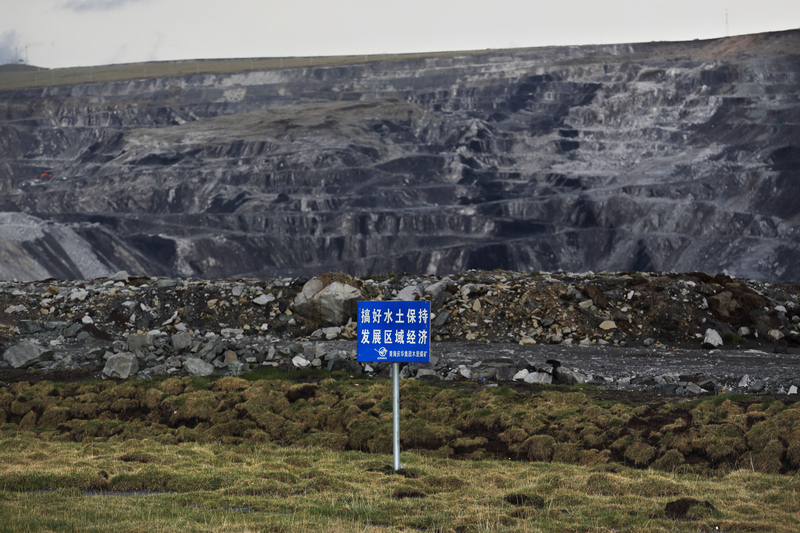Investigation: How coal is pushing China’s water supplies to the limit

The Kuye River Basin stretches from Ordos in Inner Mongolia to Yulin City in Shaanxi Province, and serves as one of the main tributaries for the mighty Yellow River, widely referred to as the “cradle of Chinese civilisation”.
But today, the river finds itself at the centre of a battle for resources, with the area struggling to keep up with demand from the coal sector, agriculture and domestic use.
Coal plants in China consume 7.4 billion m3 of water annually, and more are planned in the coming years.
Nearly half (48%) of the proposed coal fired-power plants, with an installed capacity of 237 GW, are slated for construction in ‘water over-withdrawal’ areas – areas where people are withdrawing water from it faster than the waterbody is able to regenerate.
These plants could consume an extra 1.8 billion m3 of water, equivalent to the amount needed to meet basic needs of almost 100 million people.

Water stress
Indeed a recent analysis for Unearthed suggested more than 200 new coal power plants were approved in 2015, despite falling consumption, flatlining production and existing overcapacity.
Just over half of those proposed power plants are in areas of extremely high water stress, a further 5% are in high water stress regions and another 5% are in arid places.
The impacts of coal mining are equally severe.
An investigation in 2014 by Greenpeace’s East Asia office revealed that private companies had been operating in violation of conservation law in opencast mines in the foothills of the Qilian mountains.
Investigators found that huge mines in the region had threatened the water supply of the Datong River, again one of the major sources of the Yellow River.
Following the UN climate conference in Paris, the Chinese government pledged to close a thousand mines across the country and enforce a moratorium on new ones until 2019.
Kuye basin
In the coal-rich Kuye Basin our investigators found that river flow has been interrupted by the expansion of coal industry in recent years.
By 2020, researchers believe that the Kuye Basin’s coal industry’s water demand alone will exceed the basin’s projected total water supply.
In total, the coal industries water demand in the region will reach 198.06 million m3 by this point.
That’s more than the basin’s total projected water supply of 188.45 million m3, a figure produced as part of the Environmental Impact Assessment of the plan for the Kuye River Basin.

Human impacts
This could have a severe impact on domestic, agricultural and industrial water usage in the region, with researchers warning that it could lead to the direct withdrawal of even more water from the already overdrawn Yellow River.
Three major coal bases are planned along the Yellow River in the coming years.
The Economist reported in October 2013 that a survey by Yellow River Conservancy Commission, a government agency, of an 8,000 mile stretch of the waterway, conducted nine years ago, found that a third of it was unfit, even for use on farmland.

